Optical domes are specialized, transparent components that shield delicate equipment, such as cameras, sensors, or optical instruments, without compromising image clarity or accuracy. Typically made of glass or acrylic, these domes are widely employed in underwater photography, drones, aerospace, and scientific instruments. Although optical domes can enhance performance and durability, several crucial factors must be considered to ensure they function optimally. Below are the key aspects to keep in mind when using optical domes.
Material Selection
The choice of material directly impacts the dome’s durability, weight, and optical performance. Common materials include:
- Acrylic: Lightweight, affordable, and shattering-resistant, making it ideal for recreational underwater equipment.
- Glass: Provides superior optical clarity, scratch resistance, and durability but can be heavier and more expensive.
- Quartz: Offers exceptional optical quality and high-temperature resistance, which is ideal for aerospace applications.
When selecting the material, it’s important to consider the operational environment, weight limitations, and optical performance requirements. For example, in deep-sea or aerospace applications, where precision is critical, glass or quartz may be preferable over acrylic.
Optical Clarity and Refractive Index
Optical clarity ensures that the dome does not distort or degrade the quality of images or sensor data. The material’s refractive index must align with the requirements of the optical system it covers. A mismatch in the refractive index can result in image distortion, chromatic aberration, or light refraction issues.
Correcting for refraction in underwater settings is especially important because water bends light differently than air. Optical domes for underwater cameras are often designed with specific curvature to counteract this distortion.
Curvature and Thickness
The shape and thickness of the dome are critical to its performance. A well-designed dome distributes external pressure evenly across its surface, essential for deep-sea applications or environments with high air pressure, such as aircraft systems.
- Hemispherical domes are commonly used for their ability to minimize optical aberrations.
- Flat sections or less curved domes may be used where wide-angle coverage is required but can introduce distortion at the edges.
The thickness also plays a role in balancing durability with weight. A thicker dome may offer better strength but can reduce transparency or introduce optical distortions if not properly aligned with the lens system.
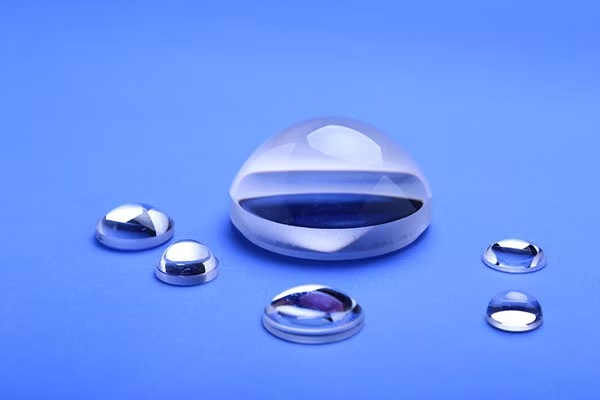
Environmental Conditions
Optical domes are often exposed to challenging environmental conditions such as pressure, temperature fluctuations, and humidity. Therefore, selecting a dome material and design suitable for the intended use is essential.
- Underwater use: Must resist corrosion pressure and maintain clarity despite water exposure.
- Aerospace applications: Should withstand high speeds, extreme temperatures, and UV radiation.
- Drones and surveillance: Require lightweight materials that can endure dust, wind, and sudden impacts.
Additionally, coatings like anti-reflective or hydrophobic layers can improve performance by reducing glare or preventing water droplets from sticking to the surface.
Mechanical and Mounting Considerations
The integration of optical domes into devices involves careful mechanical design. Ensuring a proper seal between the dome and its housing is critical to prevent water or dust ingress.
For large optical domes, structural support becomes particularly important. Larger domes can introduce mechanical stress, requiring precise mounting and alignment to maintain stability and avoid compromising the equipment’s performance. Whether used in deep-sea exploration or surveillance drones, the dome must be securely fastened to prevent vibrations or movement that could interfere with data capture.
Cleaning and Maintenance
Maintaining the optical clarity of domes requires regular cleaning to remove dust, dirt, salt deposits, or fingerprints. However, the method of cleaning varies based on the material:
- Acrylic domes: Non-abrasive cleaning agents are required to prevent scratches.
- Glass domes: Can withstand harsher cleaning methods but still need proper care to avoid damage to coatings.
- Applying anti-fog or hydrophobic coatings can help reduce the frequency of cleaning, especially in environments prone to condensation or water splashes.
Cost and Availability
The cost of optical domes varies depending on the material, size, and customizations required. Glass and quartz domes, while offering superior optical properties, tend to be more expensive than acrylic alternatives. Large optical domes can sometimes be custom-made for specialized applications, but this adds to both production time and cost. Evaluating the trade-off between performance and budget constraints is essential to ensure that the chosen dome meets the specific project requirements without unnecessary expenses.
Conclusion
When using optical domes, it is essential to consider factors like material selection, optical clarity, environmental conditions, and proper mounting. Each element affects the performance, durability, and cost-effectiveness of the dome. Large optical domes, in particular, require additional structural support to ensure optimal performance in demanding conditions. By understanding these factors, users can select the appropriate dome design for their specific needs, whether for underwater exploration, drone surveillance, or aerospace applications. Proper maintenance and alignment will further ensure the longevity and efficiency of the optical dome system.

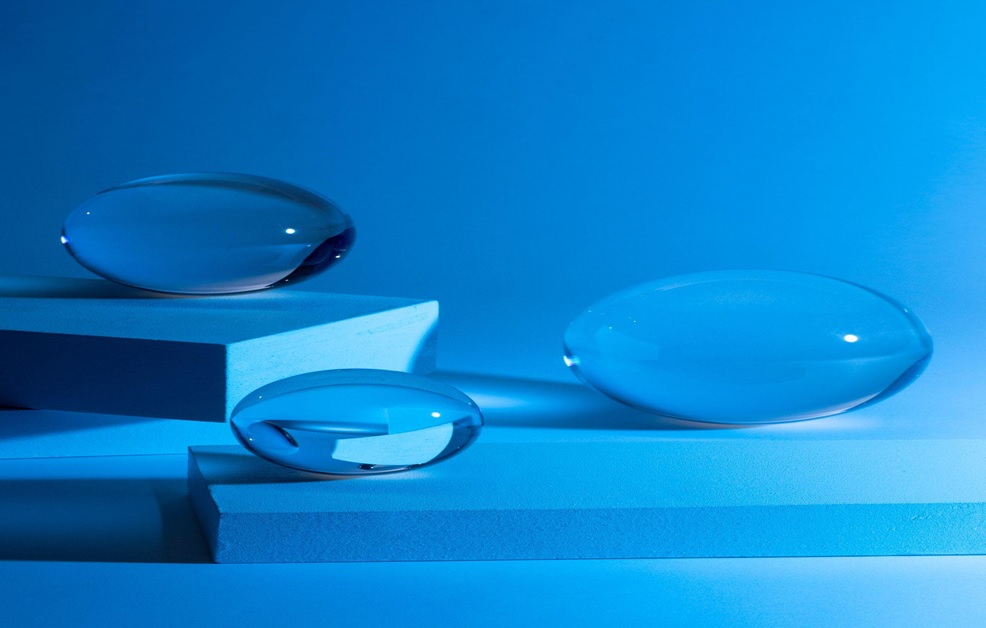
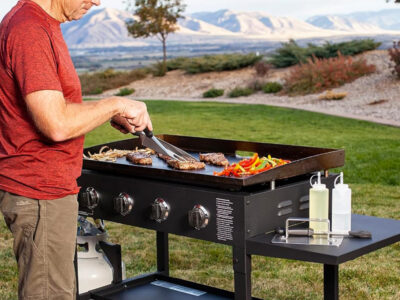
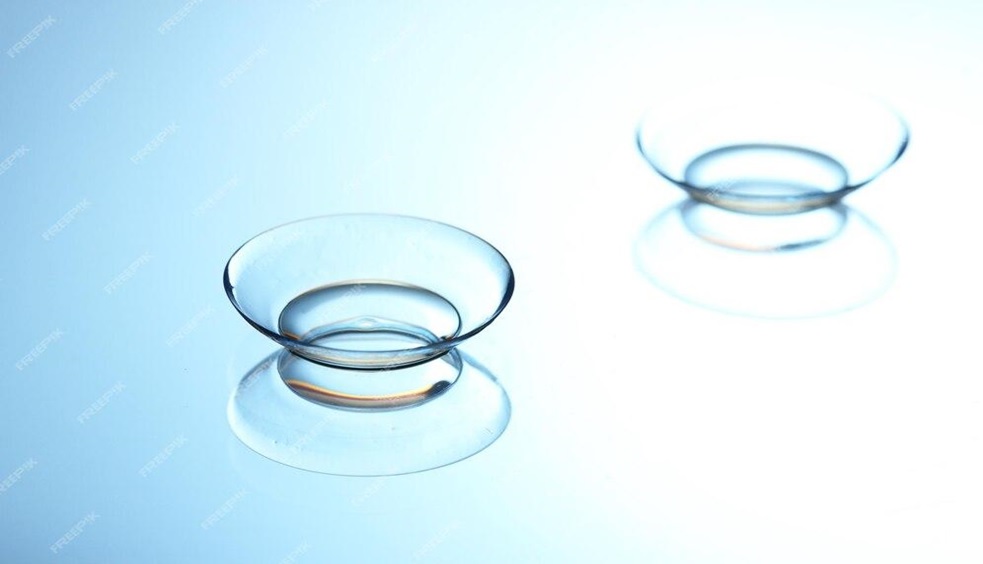



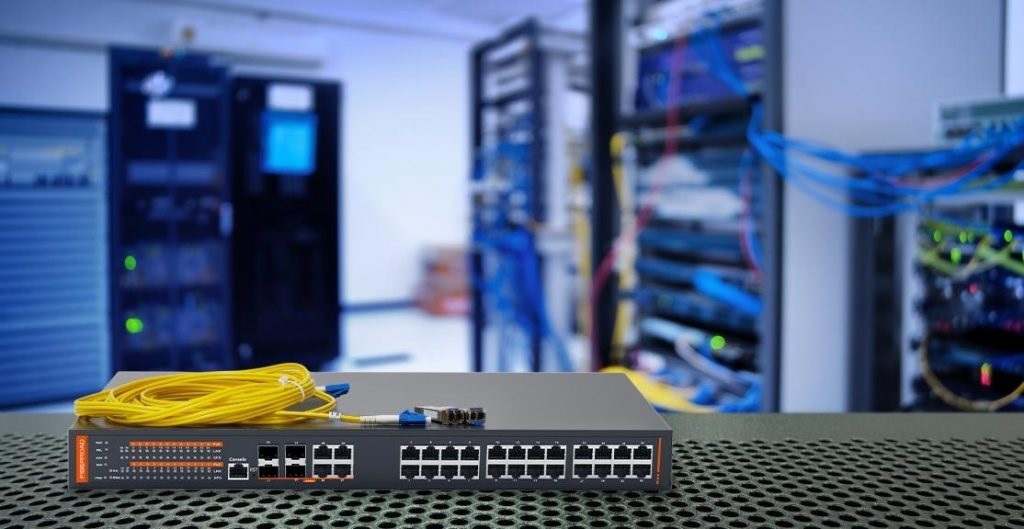



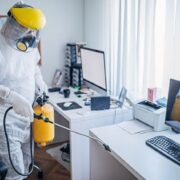

Comments